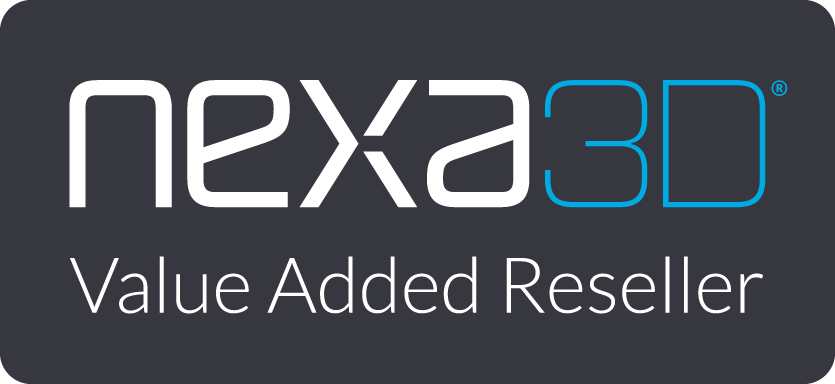Freeform Injection Molding: The best of additive manufacturing and injection molding
Additive manufacturing is undoubtedly an exciting technology for many reasons. One of these reasons is the possibilities it opens up – primarily because newer forms of technology offer unprecedented speeds, drastically reduced costs and unprecedented geometries. Does this mean that additive manufacturing will replace more traditional forms of production such as injection molding? Many people assume this, but these older forms of production still have their advantages. However, when combined with additive manufacturing, these technologies can really shine.
“You could call it a hybrid – a handshake between traditional 3D printing and classic injection molding,” says Sean Dsilva, Director of Business Development at Nexa3D.

Sean is referring to Freeform Injection Molding (FIM), the platform developed by the Danish company Addifab. Simply put, FIM speeds up injection molding by 3D printing the molds into which the materials are injected. Why do this when additive manufacturing itself can be so fast? The fact is that injection molding is a very fast technology – and an effective one, especially when it comes to producing large quantities. In addition, injection molding is compatible with many more materials than can currently be produced using 3D printing.
However, the most time-consuming – and costly – part of injection molding is the production of the molds or tools. Companies often outsource this production, which can take weeks or even months. By 3D printing the molds, this time is reduced to hours.
Another important aspect of freeform injection molding is the fact that the molds are soluble – they can be dissolved, resulting in a molded part of unprecedented complexity. As Addifab puts it, FIM allows for “invisible design freedom” – you can design anything you want and it will appear when the mold essentially melts away.
The printed molds are also extremely good insulators; they do not extract any heat from the liquid material that is injected. This means that you can switch on an injection molding machine and start working within a few minutes instead of setting parameters and waiting for temperature adjustments.
Recently, Addifab entered into a partnership with Nexa3D to use our industrial NXE 400 3D printing platform to print injection molds. Due to the size and speed of the NXE 400, FIM is now many times faster and can work on a truly industrial scale.

“What we have achieved with Nexa3D is a dramatic scale-up,” said Lasse Staal, Addifab Co-Founding CEO. “This is something that will really change what we can do with free-form injection molding.”
Free-form injection molding begins with a CAD file of the part to be cast. The design is then converted into a mold, a process that is further accelerated by automated software that Addifab calls a “mold generator”. The user or customer then evaluates the mold design and can quickly make changes and repeat new versions if the first version is not satisfactory. Once the customer is satisfied, the mold is 3D printed and post-processed, followed by the actual injection molding.
With this process, a design can go from file to finished part within 24 hours. On average, the entire iteration cycle takes about one to three days and can be tens of thousands of dollars cheaper than if the tools had to be ordered elsewhere.
Addifab explains that they are not trying to outdo injection molding, but rather to be comparable in terms of speed. The NXE 400 makes this a reality. For example, Addifab can 3D print a small mold cavity on one of its machines in around two minutes. The NXE 400 can print the same part in 15 seconds. Added to this is the size of the NXE 400’s build chamber, which not only allows larger parts to be printed, but also a larger volume of parts, meaning that the FIM process can be scaled up considerably.

Addifab still uses metal tools where necessary, but by combining metal tools and freeform injection molding, the company has created the best of both worlds. The company has started to produce more complex parts than before, such as flexible spray caps. Freeform injection molding is not material-dependent and can process a variety of materials to meet a wide range of customer requirements.
Freeform Injection Molding powered by Nexa3D is fast, cheap and environmentally friendly – offering 15% of the cost, 12% of the time and 75% less carbon emissions compared to traditional steel tooling. Speed, savings and sustainability already make FIM an attractive technology, but when you add the unlimited design freedom and the simplicity of the pressure-spray dissolution process, you have something really exciting.


